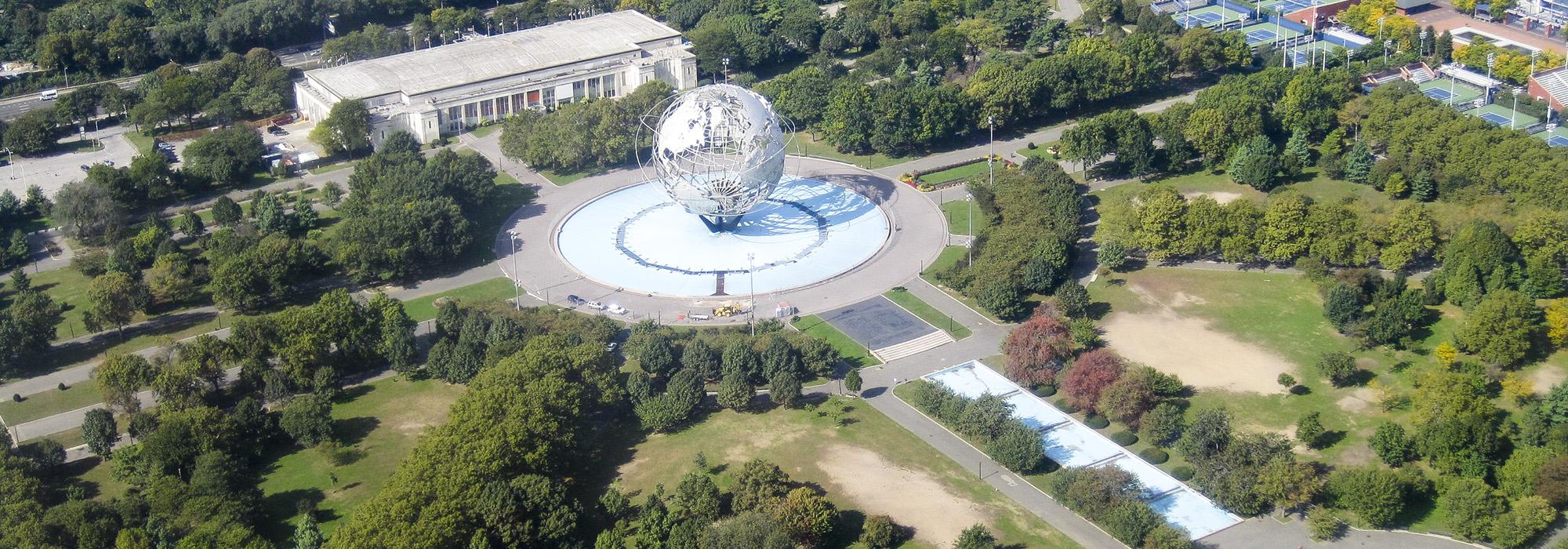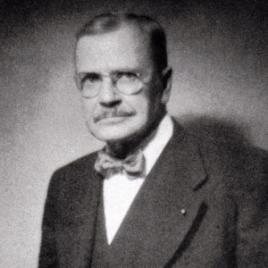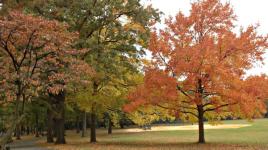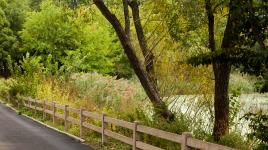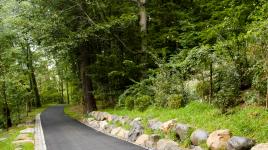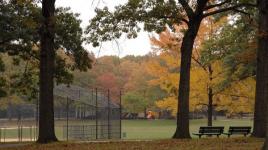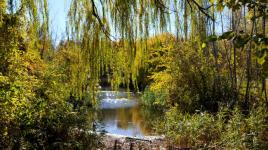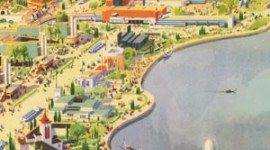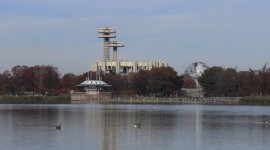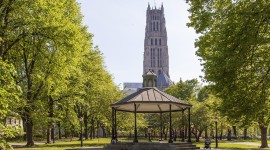Pioneer Information
Born in Newburgh, New York, Lay attended Columbia University’s School of Architecture from 1896 to 1900, and in 1902 became the second graduate from the landscape architecture program at Harvard University. Upon graduation, he began working with landscape architect Daniel Langton in New York. In 1904 Lay started his own practice, which he maintained in New York for 44 years. From 1910 to 1920 he published the quarterly magazine, Landscape Architecture with Henry Hubbard and Robert Wheelwright, Lay serving as its inaugural editor-in-chief. Around 1912 he designed a plan for the placement of 2500 cherry trees in close proximity to Grant’s Tomb in Manhattan’s Sakura Park. That year Lay added newly-designed roads, paths, and lakes in Forest Park in Queens. He worked as the landscape architect for the New York City Department of Parks from 1913 to 1914. Lay was later hired by the City of New York to design Alley Pond Park in Queens in 1929. He was the consulting landscape architect to the board of design for the 1939 New York World’s Fair as well as for the fair’s horticultural exhibit. During World War II Lay worked on such military projects as Fort Jay in Brooklyn, New York, and the naval air station at Floyd Bennett Field. After the war he consulted for the U.S. and New York City Public Housing Authorities.
A highly practical designer, Lay considered both aesthetic values and practical aspects of maintenance in equal measure. He contributed to a variety of publications, writing extensively on such topics as parks, urban planning, art, and architecture. Lay also published two books entitled A Garden Book for Autumn and Winter (1924) and Freedom of the City (1926). In 1948 he helped form the Housatonic Valley Planning Association. Lay died in Stratford, Connecticut at the age of 78.



